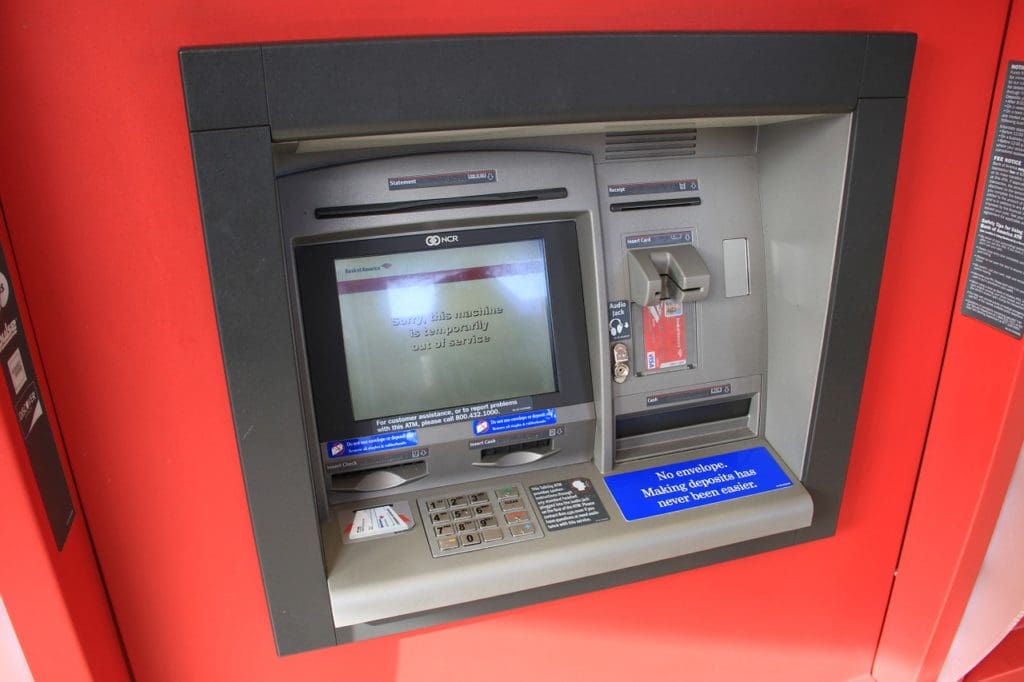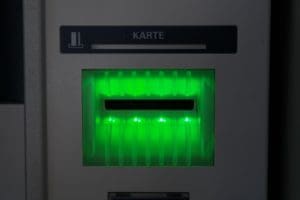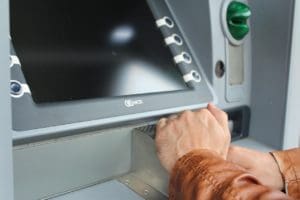 There are approximately 3 million Automatic Teller Machines on earth – that’s one ATM for every 144 people on the planet!* They are ubiquitous, making it easy for travelers to obtain cash in the local currency everywhere from Antarctica to Vatican City. Unfortunately, the mass appeal and convenience of ATMs make users a prime target for criminals. ATM skimmers have become a worldwide problem that travelers must be aware of to protect their bank accounts.
There are approximately 3 million Automatic Teller Machines on earth – that’s one ATM for every 144 people on the planet!* They are ubiquitous, making it easy for travelers to obtain cash in the local currency everywhere from Antarctica to Vatican City. Unfortunately, the mass appeal and convenience of ATMs make users a prime target for criminals. ATM skimmers have become a worldwide problem that travelers must be aware of to protect their bank accounts.
What are ATM Skimmers?
 ATM skimmers capture the electronic information from your credit or debit card so that criminals can produce a fraudulent card to access your funds without permission. Successful ATM skimmers require two parts: a card reader to steal the data from the magnetic stripe on the back of an ATM card, and a camera to capture your personal access PIN. The devices are usually small and unobtrusive, making them easy to overlook.
ATM skimmers capture the electronic information from your credit or debit card so that criminals can produce a fraudulent card to access your funds without permission. Successful ATM skimmers require two parts: a card reader to steal the data from the magnetic stripe on the back of an ATM card, and a camera to capture your personal access PIN. The devices are usually small and unobtrusive, making them easy to overlook.
The bad guys attach a counterfeit card reading device to or directly on top of the ATM’s true card reader, so that when you swipe your card, the device scans the electronic account and routing information. The theft happens as you push the card in past the skimmer before the real card reader engages the card.
The camera’s purpose is to record the user’s PIN as the user types it in. The criminal might hide tiny cameras in a small hole of a brochure rack mounted on the ATM or tuck them under a rain shield. In lieu of a camera, some PIN capturing devices fit snugly over the real keypad and record the numbers as they are pressed.
Downloaded account and PIN information are sent to other devices wirelessly and when the criminal has both the electronic banking information and the access code, they can easily relieve you of your burgeoning bank account.
How to Protect Yourself from ATM Skimmers
Choose your ATM location – It’s easier for criminals to install ATM skimmers in remote or isolated locations, so opt for machines in high-traffic areas. ATMs inside a grocery or convenience store are less likely to fall victim to skimmers than a sidewalk ATM. Bank ATMs, both inside and outside, tend to be more secure because all their cameras make it hard for the criminals to set up the theft.
Check for tampering – Look carefully at the card reader, keyboard, the top of the ATM, and around the screen for signs of alterations. If one part of the plastic face is a different shade, graphics are misaligned, or if the keyboard feels too thick, don’t use that ATM. Wiggle the card reader – it should be firmly attached without peeling glue around it. Commonwealth Bank of Australia has produced an ATM awareness guide to describe potential tampering.
 Shield your PIN – Always cover the keypad as you type in your PIN. Even if an ATM skimmer scanned the electronic information from your card, the criminals can’t use it if their camera doesn’t catch your access code. Plus, in public places, other nefarious PIN-stealers may be lurking.
Shield your PIN – Always cover the keypad as you type in your PIN. Even if an ATM skimmer scanned the electronic information from your card, the criminals can’t use it if their camera doesn’t catch your access code. Plus, in public places, other nefarious PIN-stealers may be lurking.
Use the chip option – Whenever possible, use the EMV chip reader instead of swiping the magnetic strip. A chip reader device authorizes the card internally and never transmits your information externally.
ATMs are a useful tool for travelers. They provide the convenience of 24/7 currency exchange at competitive rates. Their accessibility also allows users to get additional cash when needed, rather than carrying large amounts of cash and risking theft that would devastate a trip. But ATM skimmers are a global problem. By being alert to the signs of ATM tampering, travelers can protect themselves from falling victim to the criminals who want to drain their bank accounts and ruin their trip.
For more tips on safe travels, get in touch with one of the Covington travel advisors.
* Statistics source: statisticbrain.com







Leave a Reply